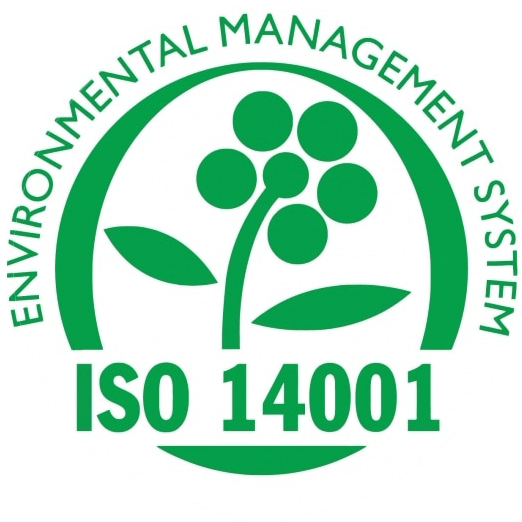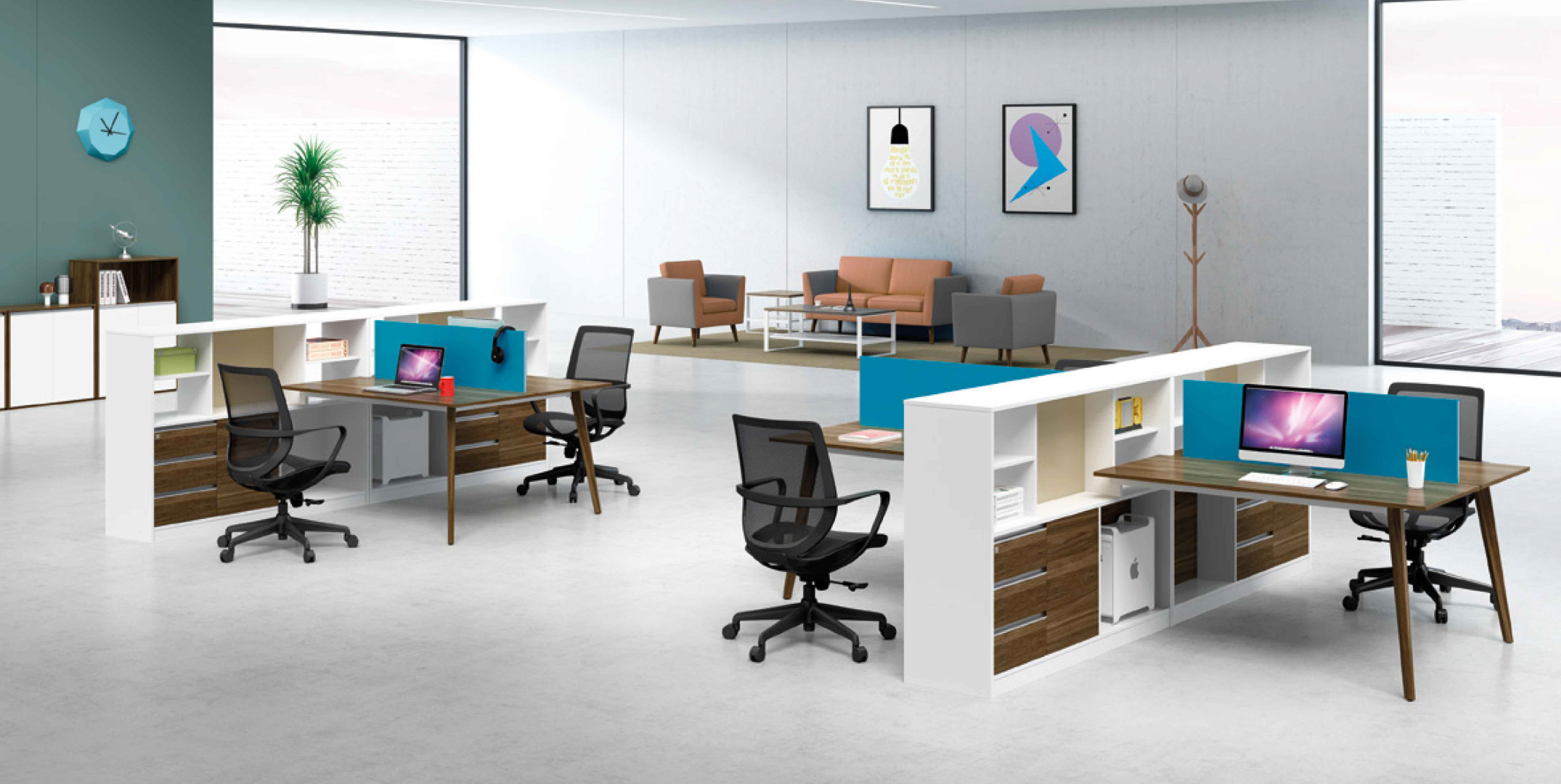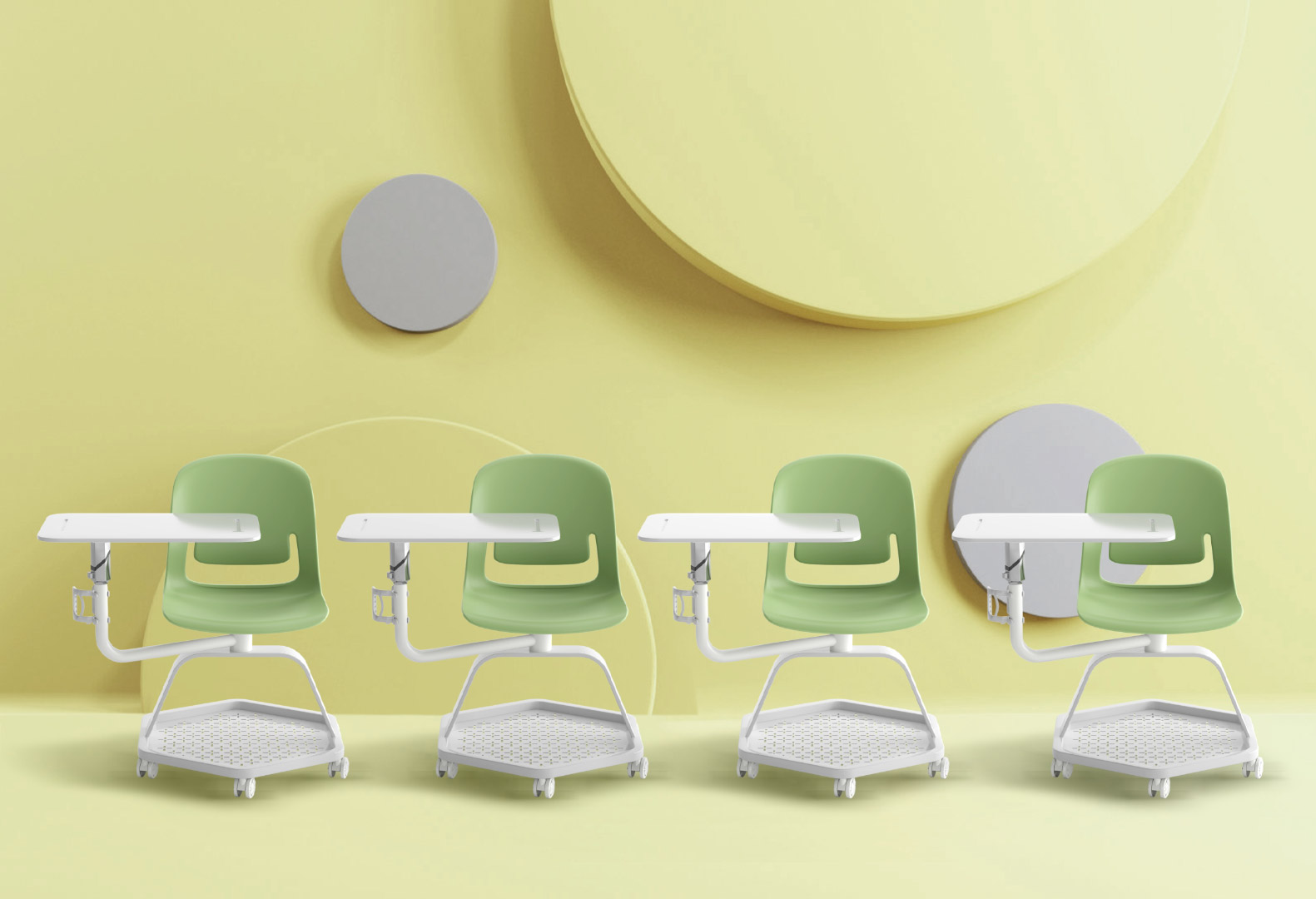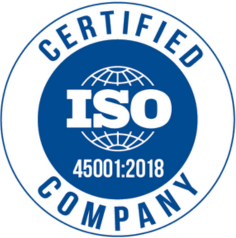Materials, Styles & Layout Ideas for High-End Office Spaces
In 2025, workplace design continues to evolve toward thoughtful, elegant, and high-performing environments that mirror the sophistication of the businesses they house. Executive offices, boardrooms, and reception areas remain the cornerstones of workplace identity — spaces where first impressions are formed, critical decisions are made, and leadership sets the tone.
This article outlines the most notable trends in executive desks, boardroom tables, and reception counters for 2025 — highlighting premium materials, timeless and trending styles, and smart layout strategies. It’s written to support office fitout companies and interior designers who wish to deliver modern functionality with enduring luxury.
1. Executive Desks: A Return to Gravitas and Craftsmanship
Natural Timber is King
High-end executive desks in 2025 continue to place solid natural timbers front and centre. The warmth and richness of American walnut, European oak, and Australian spotted gum are especially sought after. These species convey stature and stability, pairing well with contemporary leadership values of strength, authenticity, and environmental consciousness.
Designers are favouring veneered and solid wood finishes with oil or matte lacquer coatings that preserve the natural grain. Wood is often contrasted with brushed brass, powder-coated steel, or leather inlays, adding depth and tactility.

Commanding but Refined Forms
While size still matters in executive environments, bulk has given way to refinement. Today’s executive desks are:
- Clean-lined and balanced
- Featuring integrated modesty panels
- Designed with floating elements or negative space to convey lightness
Minimalist silhouettes with concealed drawers and seamless joinery lend a modern yet timeless appeal.
Smart Cable Management & Tech Integration
Desks now incorporate discreet solutions for:
- Wireless charging pads
- Integrated cable risers
- Lockable charging drawers
- Concealed power/data modules with pop-up functionality
These features enhance functionality without compromising design integrity.
2. Boardroom Tables: Statement Pieces With Subtle Authority
Oversized Tables with Understated Elegance
In 2025, boardroom tables are growing in size again — not for grandeur alone, but to create space for hybrid collaboration, personal working zones, and increased elbow room during long meetings.
What’s trending:
- Lengths of 4–6 metres as standard for larger companies
- Rich wood tops, often with live edges or waterfall sides
- Custom joinery for curved or organically shaped tabletops
High-End Material Combinations
Premium boardroom tables are now integrating:
- Timber & stone (marble, quartz)
- Timber & glass for lighter visual impact
- Powder-coated aluminium bases for strength without visual weight
Finish selections lean toward warm, neutral palettes — clay, sand, eucalypt, and ash — often matte or softly textured.
Integrated Technology for Hybrid Teams
Boardroom designs now anticipate mixed in-person and remote participation. Expect tables with:
- Flush-mounted AV modules
- Hidden cable tracks
- Built-in microphones and speakers
- Centrally located power/data hubs These tech-friendly options support seamless communication while remaining unobtrusive.
Circular & Modular Configurations
Many organisations are shifting to circular or modular tables to foster more inclusive, democratic discussion styles — a response to modern leadership models.
3. Reception Desks: Where Design Meets Welcome
First Impressions with Purpose
Reception counters continue to evolve into multifunctional hubs. In 2025, they are:
- Sculptural and bespoke in design
- Rich in tactile materials
- Designed to accommodate standing and seated height zones
Natural timber cladding, handcrafted joinery, and stone benchtops are particularly popular. Lighting plays a key role too — with recessed LED skirting or under-counter glow to subtly elevate the space.
Personalisation and Branding
Reception desks now often include:
- Engraved or backlit logos
- Signature accent materials aligned with brand identity (e.g., brass trims for a law firm, terrazzo for a creative agency)
- Subtle feature lighting that enhances brand personality
These bespoke touches ensure the reception area tells the story of the company from the first moment.
Functionality for the Modern Office
Reception desks are now designed to accommodate:
- Multiple staff members
- Parcel drop and delivery zones
- Concealed storage for clutter-free appearance
- Dual monitor arms and adjustable ergonomic setups
They are elegant, but built for daily use.
4. Materials: Quality That Speaks for Itself
Top Material Trends for 2025
- Solid Timber & Timber Veneer – For timelessness, warmth, and sustainability
- Brushed Brass & Matte Black Metalwork – Subtle luxury
- Natural Stone – Including marble, limestone, and quartzite
- Fluted and Ribbed Wood Panels – Adds depth and modern classic texture
- Wool-Blend Upholstery & Leather – Especially for integrated seating areas
- Textured Lacquers & Soft-Touch Laminates – For durability with a refined edge
Materials are chosen not only for aesthetics but for sustainability, tactility, and longevity — key criteria for premium office fitouts.
5. Design Styles: Classic Meets Contemporary
The Heritage Revival
2025 marks a renewed appreciation for traditional craftsmanship — dovetail joinery, hand-finished wood, and leather inlays are all making a return. These touches bring warmth and story to otherwise sleek, minimalist environments.
This is often combined with:
- Monolithic forms (block-like massing with refined detailing)
- Slimline silhouettes with hidden functionality
- Symmetry and proportion reminiscent of classical design
Biophilic Design
Designers are incorporating more natural materials and organic forms to bring the outside in. Curved reception desks, woodgrain textures, and integration of indoor plants or planter troughs into built-in joinery are becoming more common.
Minimalism with Material Contrast
Form follows function — but beauty is not compromised. Expect:
- Neutral tones with the occasional bold accent
- Simple lines offset by luxurious materials
- Matte finishes with tactile interest
6. Layout & Planning: Functionality with Flow
The layout of desks and meeting spaces is more deliberate than ever. Designers and fitout specialists are considering:
Executive Office Layouts
- Corner placement of executive desks with rear credenzas
- Guest seating facing windows or artwork
- Use of acoustic wall panels for privacy and luxury ambiance
Boardroom Layouts
- Placement centralised to room symmetry
- AV positioning optimised for camera and sound pickup
- Framed with decorative walls or acoustic baffles
Reception Layouts
- Zones for greeting, waiting, and operations
- Seamless pathways to meeting rooms or lifts
- Incorporation of lounge-style soft seating and coffee tables
Every space must reflect the brand’s personality while delivering seamless function for staff and visitors alike.
7. Sustainability and Conscious Design
Sustainability in high-end office furniture has matured beyond buzzword status. In 2025:
- FSC-certified timbers are standard
- Powder-coated frames avoid VOC-heavy lacquers
- Local manufacturing and long-term warranties are valued
- Designs are modular and reconfigurable for future flexibility
Designers are choosing furniture that tells a responsible story — one that aligns with corporate values of leadership, longevity, and legacy.
Conclusion: Fitting Out for the Future
Executive, boardroom, and reception desk trends for 2025 are a celebration of quality, craftsmanship, and considered design. For office fitout professionals and interior designers, the message is clear: focus on timeless materials, functional innovation, and spaces that speak volumes without shouting.
By honouring traditional craftsmanship while embracing modern sensibilities, today’s workplace design can create environments that feel both impressive and welcoming — a balance that will always be in style.










